160 Years: A Brief History of the Naval Academy
By Connie Harold
Graduation is a wonderful time for family and friends," said Deborah Goode, Director of Media Relations for the United States Naval Academy in Annapolis. "It's a time of celebration as the midshipmen get their Bachelor of Science degrees and commissions." The first Naval Academy graduating class had six men in 1854. The largest one had 1,079 men and women in 1983. On August 8, 1975 Congress authorized women to attend the Academy; by 1980, 81 women had graduated. This years the Class of 2005 has about 1000 graduates.
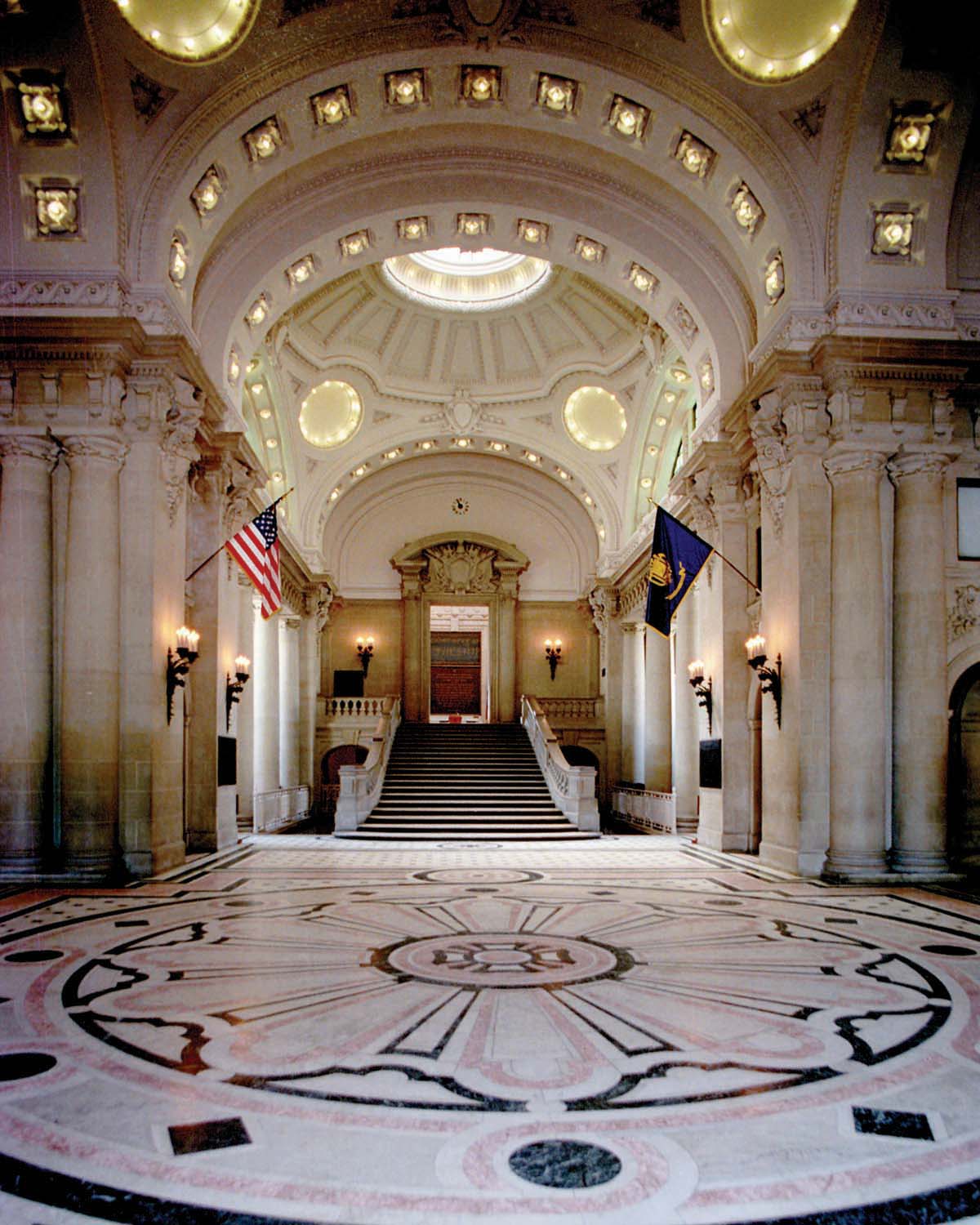 Graduation at the United States Naval Academy has often been an eventful affair. In the 1880's an incident of renown occurred under Captain Frances Ramsay, the first Superintendent to be a graduate of the Naval Academy. As the ceremony was beginning in the chapel, he ordered the graduates not to applaud until the last midshipman had received his diploma. But no one could hear him over the din of the crowd and as soon as the first graduate was handed his diploma the spectators burst out, wildly shouting and clapping. Ramsay was so furious at this that he ordered the class to march from the ceremony to the U.S.S. Santee, a station ship, and had them locked up. Someone eventually convinced him that the midshipmen had been unable to hear his order and had not disobeyed him. He had them released and returned to finish the festivities. So when a midshipman says someone has been "santeed" it means he's been placed on house arrest for disobeying an order. Graduation at the United States Naval Academy has often been an eventful affair. In the 1880's an incident of renown occurred under Captain Frances Ramsay, the first Superintendent to be a graduate of the Naval Academy. As the ceremony was beginning in the chapel, he ordered the graduates not to applaud until the last midshipman had received his diploma. But no one could hear him over the din of the crowd and as soon as the first graduate was handed his diploma the spectators burst out, wildly shouting and clapping. Ramsay was so furious at this that he ordered the class to march from the ceremony to the U.S.S. Santee, a station ship, and had them locked up. Someone eventually convinced him that the midshipmen had been unable to hear his order and had not disobeyed him. He had them released and returned to finish the festivities. So when a midshipman says someone has been "santeed" it means he's been placed on house arrest for disobeying an order.
The United States Naval Academy was created in 1850 out of the Naval School that had been established at Fort Severn in Annapolis in 1845. Until 1912 midshipmen served two years in the fleet before they received their commissions. Beginning in 1868, graduation ceremonies were called June Week. This tradition continued until 1979 when graduation was moved to May and the festivities leading up to it were renamed Commissioning Week. Upon graduation, midshipmen receive commissions as either Ensigns in the Navy or Second Lieutenants in the Marines (in earlier days, a graduate could join other services as well, such as the Army or Air Force).
Commissioning Week is packed with traditional events: the Superintendent's Garden Party, the Ring Dance, Dedication Parade, Color Parade, Graduation Ball and the annual air show by the world-famous Blue Angels. The current Superintendent, Vice Admiral Rodney P. Rempt, hosts a number of Garden Parties throughout the week and there is a Commissioning Week Dinner Cruise. The formal Ring Dance kicks off the planned festivities the Saturday before graduation, but the fun starts with the Herndon Monument climb.
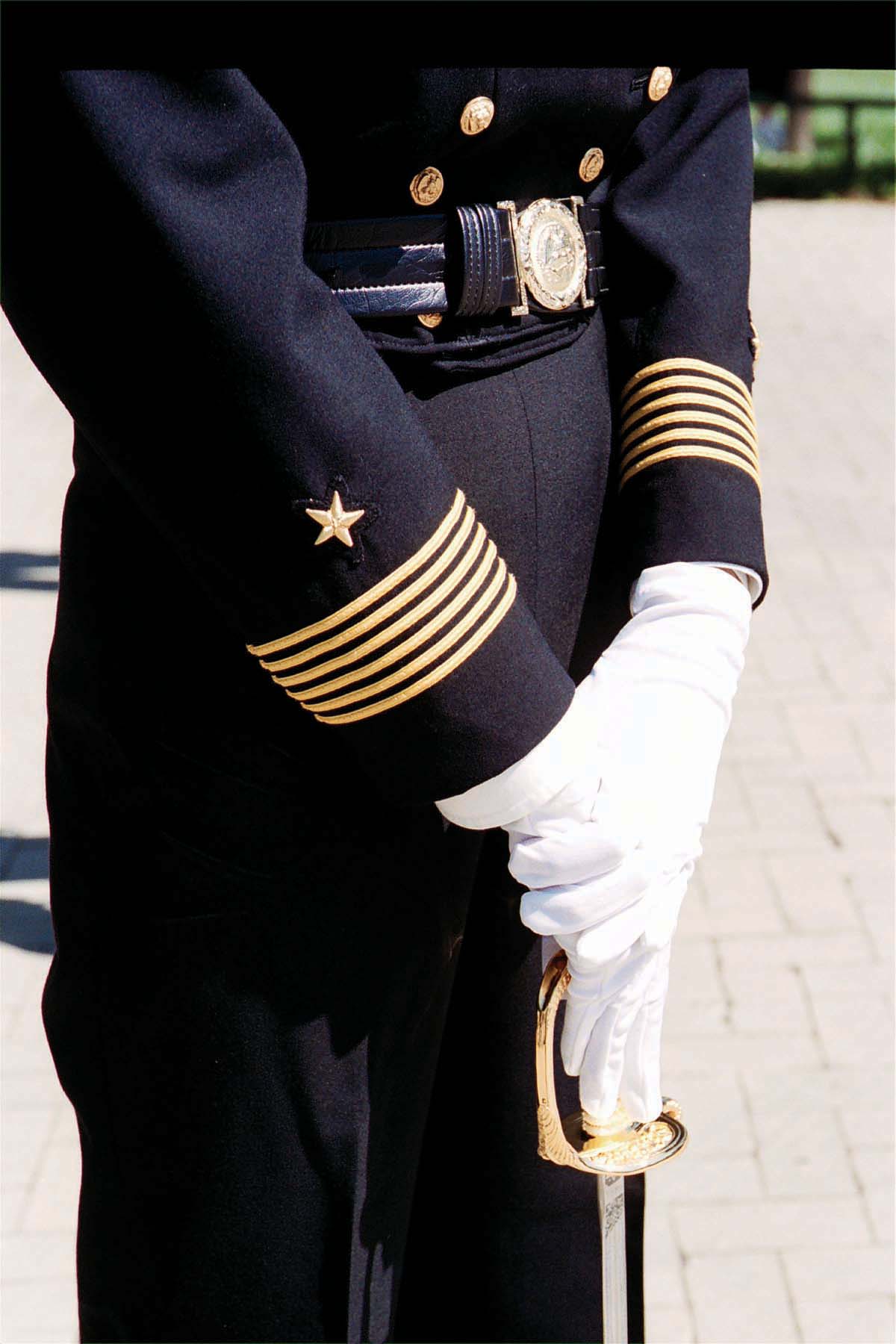 In the early years, plebes (freshmen) could not walk on Love Lane that passes in front of the Chapel, nor fraternize with young women. After the graduation ceremonies they would race over to the sidewalk to prove they had conquered their first year at the Academy. In 1940 they began hoisting one of their class members to the top of Herndon Monument, a granite obelisk. Later, leaving a plebe hat on top of monument, to be replaced by an upperclassman's hat, became part of the fun. In the 1950s the upperclassmen started greasing the monument to make it more difficult to reach the top. Originally the last event during Commissioning Week, the Herndon Monument climb has become so popular it has grown into its own event attracting crowds of rowdy spectators the week before graduation. In the early years, plebes (freshmen) could not walk on Love Lane that passes in front of the Chapel, nor fraternize with young women. After the graduation ceremonies they would race over to the sidewalk to prove they had conquered their first year at the Academy. In 1940 they began hoisting one of their class members to the top of Herndon Monument, a granite obelisk. Later, leaving a plebe hat on top of monument, to be replaced by an upperclassman's hat, became part of the fun. In the 1950s the upperclassmen started greasing the monument to make it more difficult to reach the top. Originally the last event during Commissioning Week, the Herndon Monument climb has become so popular it has grown into its own event attracting crowds of rowdy spectators the week before graduation.
Each year 20,000 to 30,000 gather on the Academy grounds and another 10,000 stand outside to watch the Blue Angels precision air show, the most spectacular event of Commissioning Week.
Practice flights are traditionally on the Tuesday before graduation. On Wednesday the show takes place high above the city and the roar of the passing planes has been known to rattle tea cups all over Annapolis. Ten years ago, around 5 p.m., a building collapsed on Maryland Avenue not far from the Naval Academy. The building's demise was blamed on the Blue Angels' flight overhead earlier in day. In fact, Jim Cheevers, U.S. Naval Academy historian for thirty-seven years, and Associate Director and Senior Curator of the Naval Academy Museum, says "I'll say 'Here come those guys; we'll have to adjust all of the paintings in the museum!'"
One of the oldest traditions, begun in 1871, is the Color Parade. Established by Rear Admiral John L. Worden, it takes place on Thursday. It is a competition between companies based on academic, professional and intramural excellence. A ceremonial sword and cup are presented to the winning company commander to honor their achievement. A "Color Girl" is selected by the company commander to honor and the Color Girl Association presents a pin to the honoree. No winning company commander has been a woman yet so the tradition of the "Color Girl" has persisted. The Color Company is invited to march during special occasions, such as the Inaugural Parade.
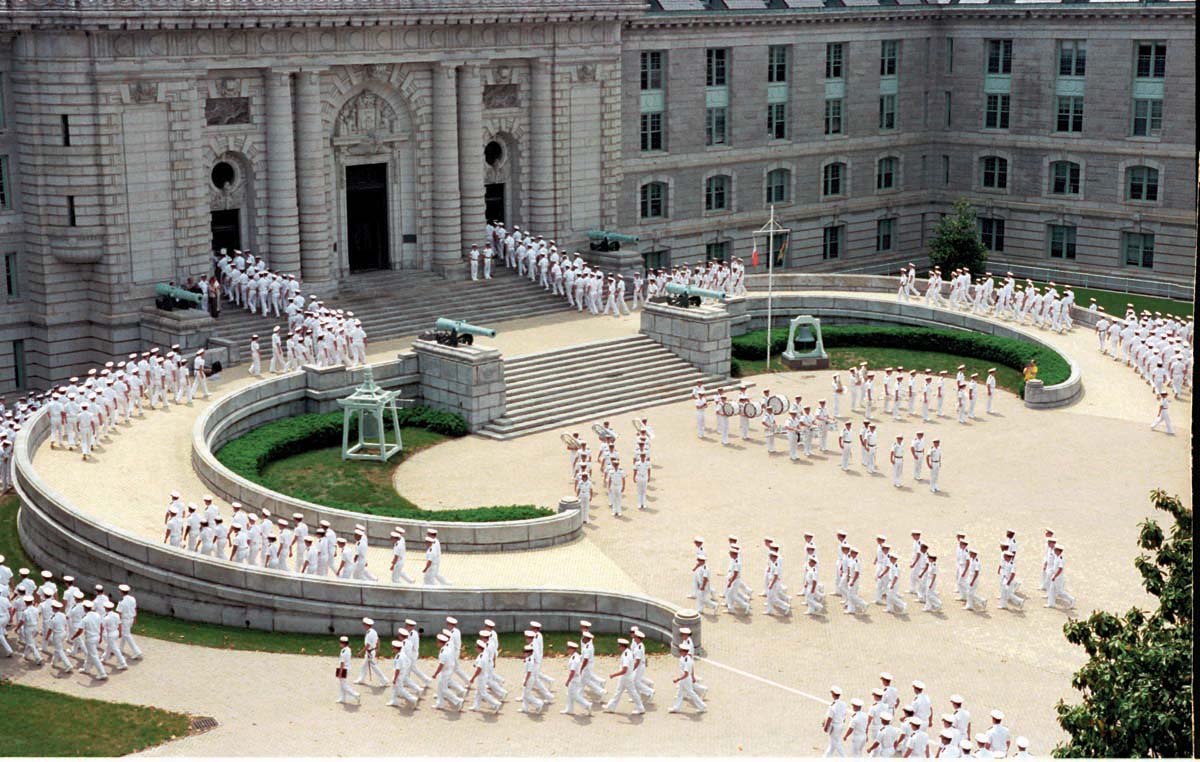 The graduation ceremony on Friday morning at the Navy-Marine Corps Stadium is the culmination of Commissioning Week. In 1854, the first graduation was held in the Chapel. From 1903 until 1957 graduation took place in Dahlgren Hall and was later moved to Halsey Field House to accommodate the increasing number of midshipmen. The ceremony was finally moved to the stadium at Rowe Boulevard and Taylor Avenue when it was finished in 1959 and has been held there ever since. Two years ago the stadium was renovated, adding more seats and lowering the playing field. A plastic floor is put down over the football field to protect it from damage during the ceremony. The graduation ceremony on Friday morning at the Navy-Marine Corps Stadium is the culmination of Commissioning Week. In 1854, the first graduation was held in the Chapel. From 1903 until 1957 graduation took place in Dahlgren Hall and was later moved to Halsey Field House to accommodate the increasing number of midshipmen. The ceremony was finally moved to the stadium at Rowe Boulevard and Taylor Avenue when it was finished in 1959 and has been held there ever since. Two years ago the stadium was renovated, adding more seats and lowering the playing field. A plastic floor is put down over the football field to protect it from damage during the ceremony.
For over 25 years, Jim Cheevers has co-hosted a live radio broadcast of graduation that airs on WNAV-AM from the stadium. He remembered the last time graduation had to be held inside in 1987. That was also the year David Robinson, the NBA basketball player graduated. "It was a miserable day, raining outside, gloomy," said Cheevers. "I felt so sorry for the midshipmen because they didn't have enough seating for everybody. They set up seats in Dahlgren Hall and set up TV cameras. They broadcast live and used our radio program as the voice-over. I was working with the anchorman and we were handed the same graduation program and it said the first thing we'll have is the Blue Angels. I said that's one thing we can cross off unless they open the door."
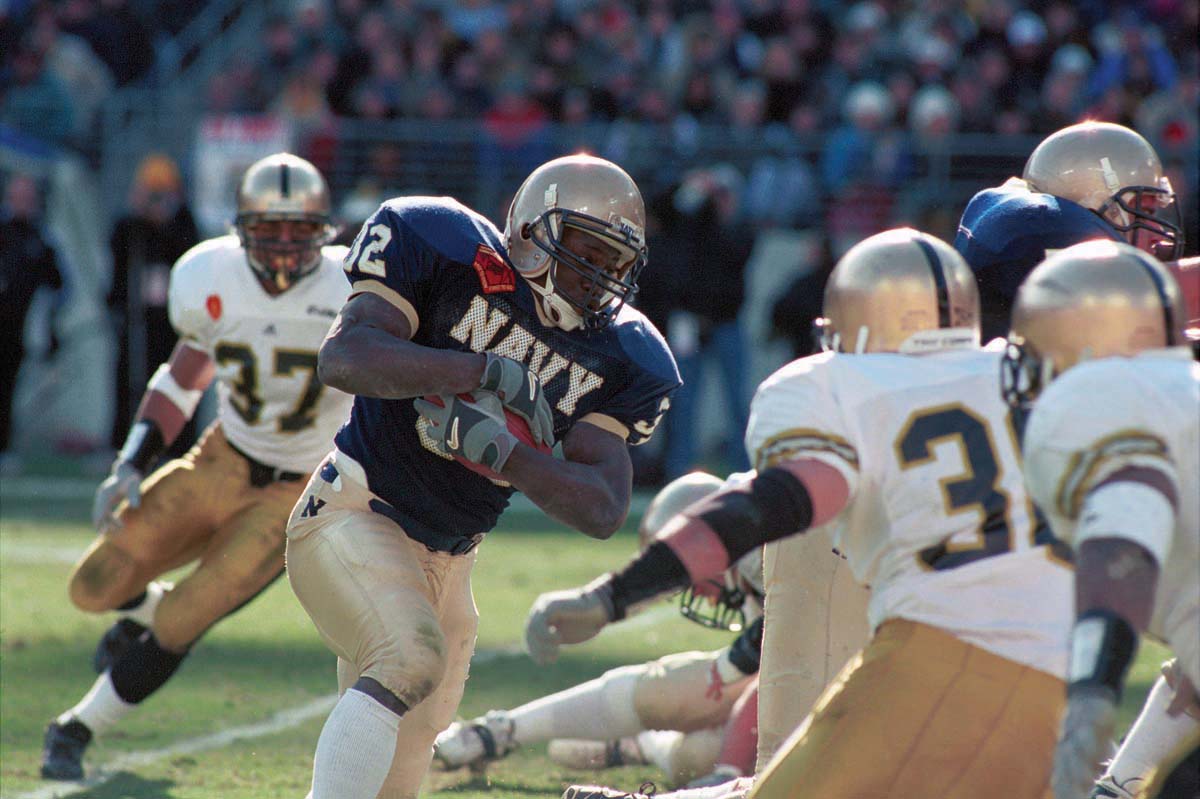 At the ceremony there are thirty companies arranged in numerical order. They march in procession onto the floor of the stadium, alternating even on the right, odd on the left. The first 100 to receive their degrees, in what is known as the Order of Merit, have achieved the highest combined scores for academic, professional, military and athletic excellence. At the ceremony there are thirty companies arranged in numerical order. They march in procession onto the floor of the stadium, alternating even on the right, odd on the left. The first 100 to receive their degrees, in what is known as the Order of Merit, have achieved the highest combined scores for academic, professional, military and athletic excellence.
For the first time since the Class of 1929, this year's Class of 2005 has three midshipmen who have been awarded Rhodes Scholarships in the same year (2004) for study at the Oxford University in England. The awards are based on outstanding academic achievement, integrity and moral uprightness, exceptional physical attributes and leadership qualities. First Class Midshipmen Jason Shell, Joseph Preston and Trevor Thompson bring the total to thirty-nine Rhodes Scholars who have been graduated by the Naval Academy since the scholarship was created.
On June 10, 1881, President James Garfield was the first president to speak at graduation. In total there have been seventeen sitting Presidents, eight Vice-Presidents and nine Secretaries of Defense who have spoken at graduation including the current Secretary of Defense, Donald Rumsfeld. "Two years ago, in '03", said Cheevers, "Rumsfeld pointed to the Commandant of the Midshipmen, Colonel Allen, and said: 'Well, you were in the last class [that I spoke to] in 1976 and now you're making general. Here I am twenty-seven years later and I'm still in the same damn job!'"
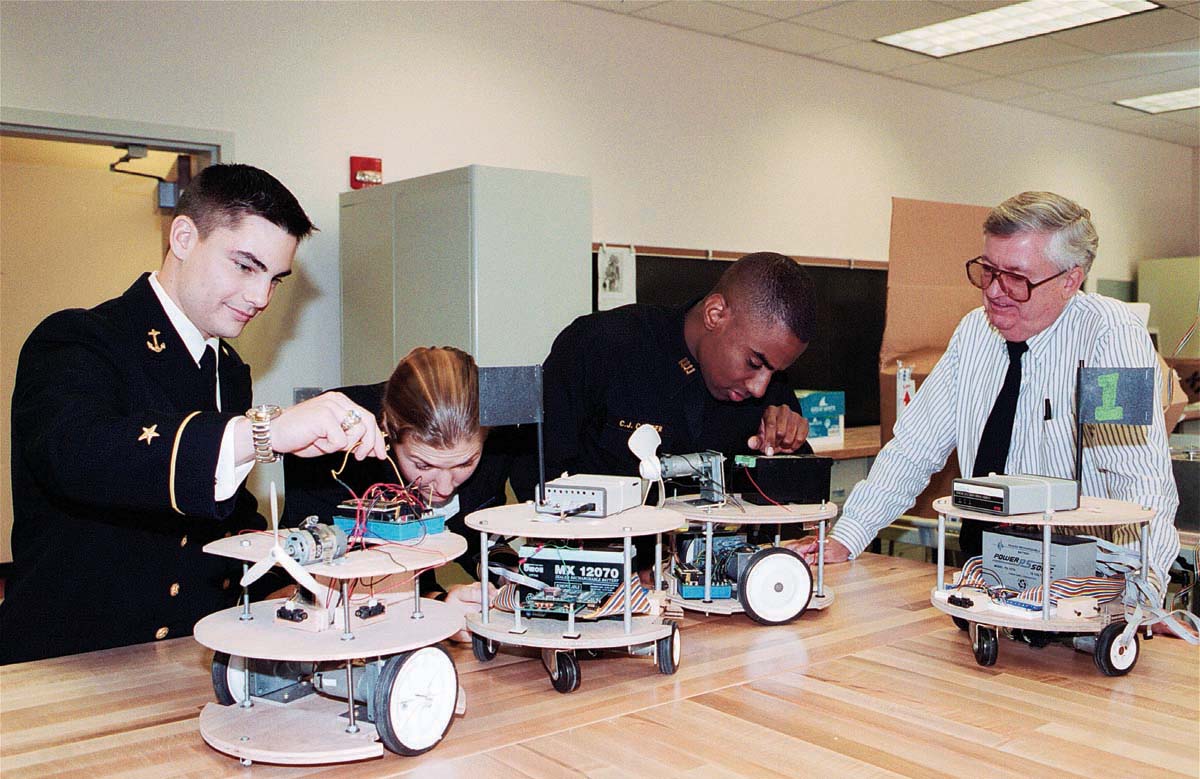 After all of the graduates have received their degrees they give three cheers for the midshipmen they are leaving behind. Then they give three cheers for the graduates. The finale of tossing their covers (hats) into the air began in 1912 to signify they were no longer midshipmen. "They are ready to embark on a new life," said Deborah Goode. After graduation the graduates have thirty days of leave before starting their new careers in Aviation, Surface Warfare, Submarines or the Marine Corps. After all of the graduates have received their degrees they give three cheers for the midshipmen they are leaving behind. Then they give three cheers for the graduates. The finale of tossing their covers (hats) into the air began in 1912 to signify they were no longer midshipmen. "They are ready to embark on a new life," said Deborah Goode. After graduation the graduates have thirty days of leave before starting their new careers in Aviation, Surface Warfare, Submarines or the Marine Corps.
"All of the graduates are eager to serve their country," said Goode. "That's why they came here."
The coat-of-arms, or seal, of the United States Naval Academy consists of a hand grasping a trident, a shield bearing an ancient galley ship 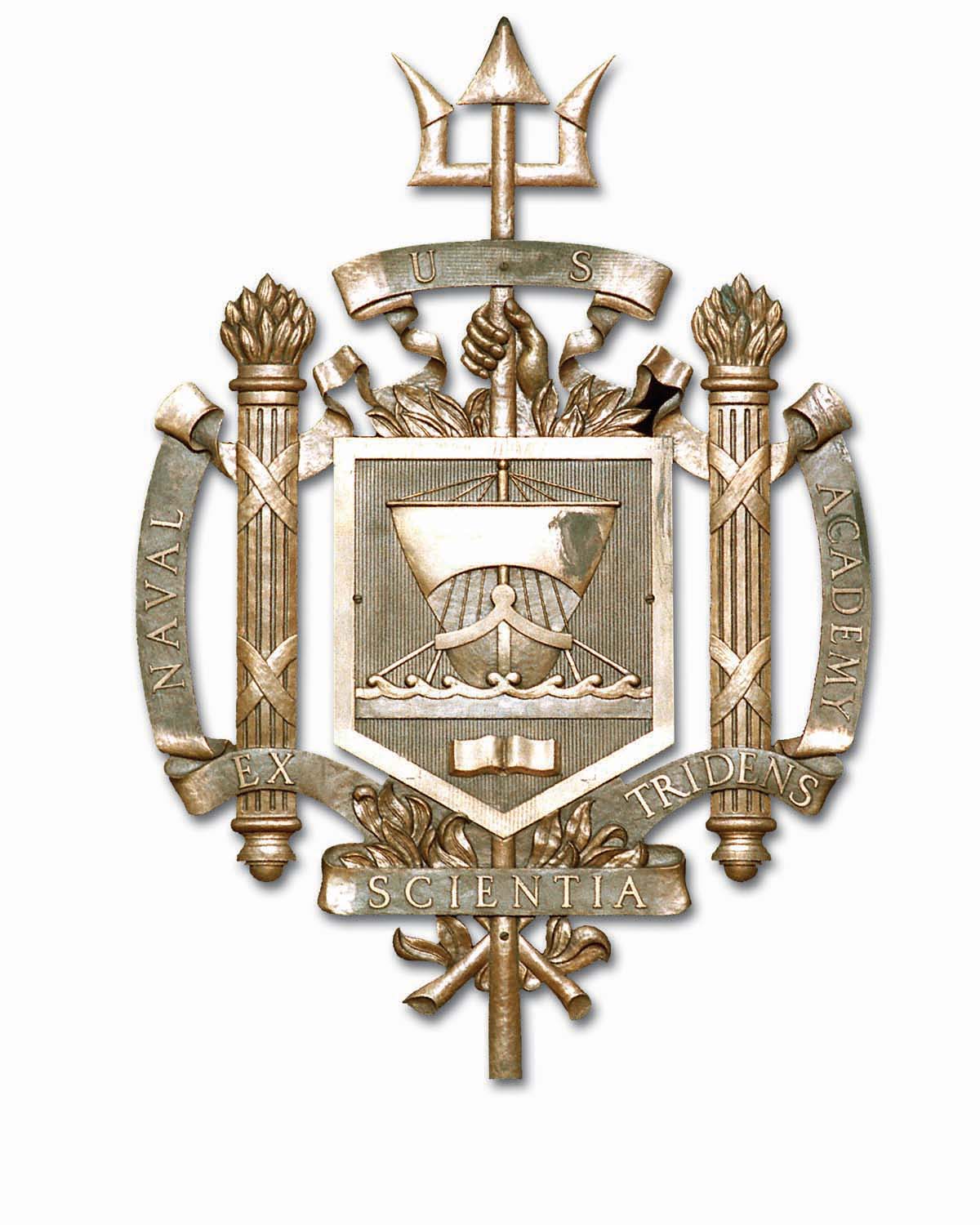 coming into action, an open book (representing education), and a banner with the motto "Ex scientia tridens," meaning "from knowledge, seapower." Designed by Park Benjamin, Naval Academy Class of 1867, the seal was adopted by the Navy Department on Jan. 25, 1899. It can be found on the Academy flag, in a stained glass window in the Chapel, and on every class ring since 1906. The event which led to the adoption of the design was the construction of a new University Club in New York City, on the exterior of which the coats-of- arms of American colleges were being placed for decoration. Benjamin, learning that the academy had no official seal, drew several suggestions that he presented to his fellow alumni who were also members of the University Club. The design of the seal is raised in gold, including the scroll work. The lettering, the water under the galley and the field are in blue. Senior midshipmen traditionally wear their Naval Academy rings on the third finger of the left hand with the Naval Academy seal facing outward. Upon graduation, they reverse the ring so that the seal faces inward, closest to the graduates' hearts. coming into action, an open book (representing education), and a banner with the motto "Ex scientia tridens," meaning "from knowledge, seapower." Designed by Park Benjamin, Naval Academy Class of 1867, the seal was adopted by the Navy Department on Jan. 25, 1899. It can be found on the Academy flag, in a stained glass window in the Chapel, and on every class ring since 1906. The event which led to the adoption of the design was the construction of a new University Club in New York City, on the exterior of which the coats-of- arms of American colleges were being placed for decoration. Benjamin, learning that the academy had no official seal, drew several suggestions that he presented to his fellow alumni who were also members of the University Club. The design of the seal is raised in gold, including the scroll work. The lettering, the water under the galley and the field are in blue. Senior midshipmen traditionally wear their Naval Academy rings on the third finger of the left hand with the Naval Academy seal facing outward. Upon graduation, they reverse the ring so that the seal faces inward, closest to the graduates' hearts.
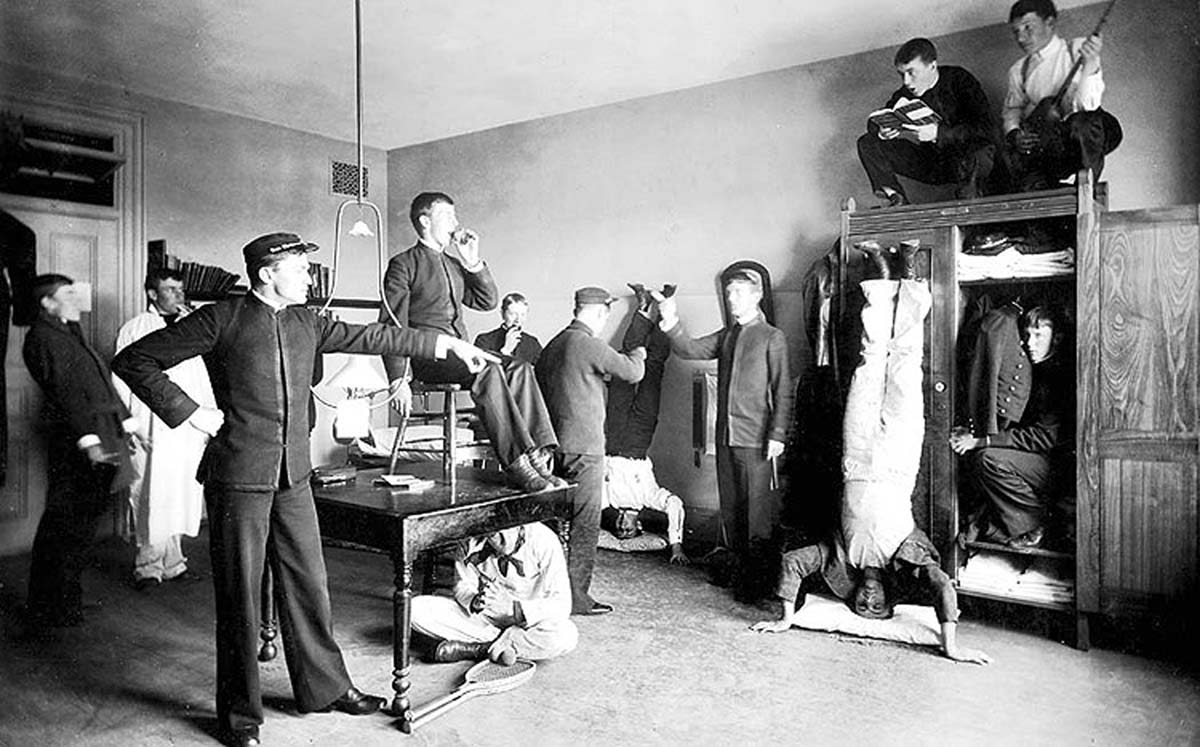 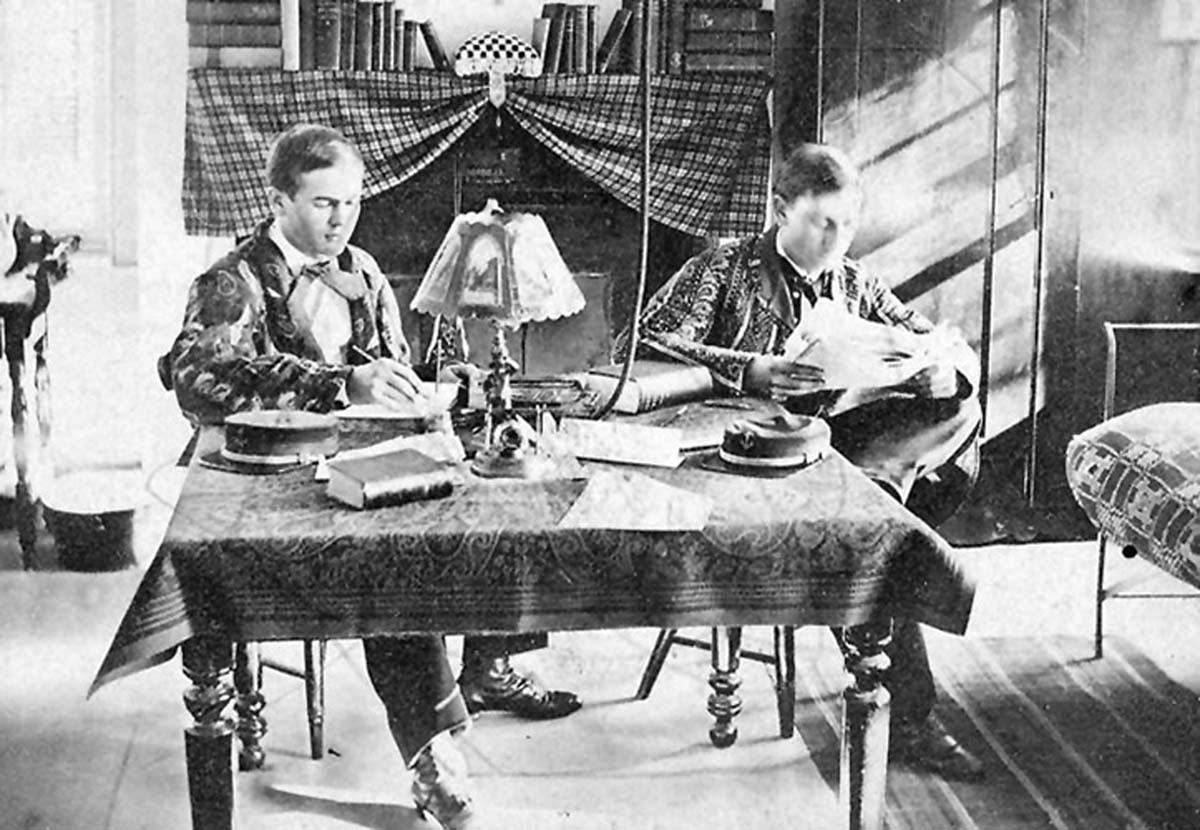
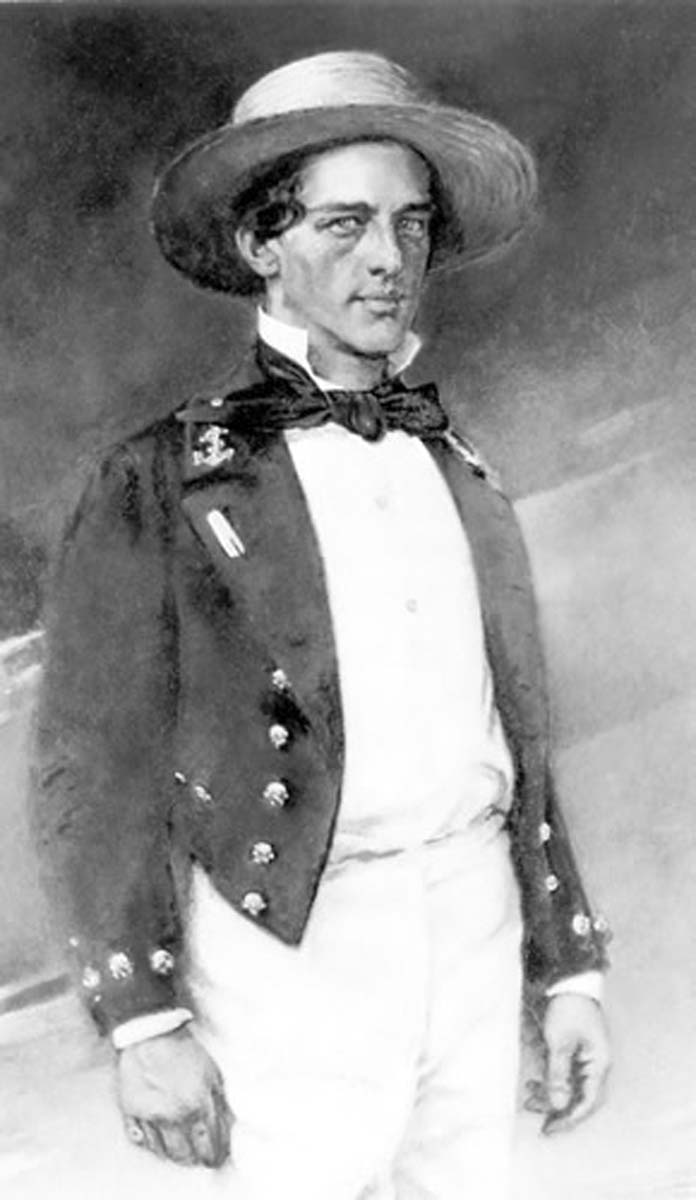 FACTS: Over the years, the US Naval Academy has been proud to have helped shape the lives of countless outstanding individuals. Below are a few of the accomplishments that USNA graduates have achieved. FACTS: Over the years, the US Naval Academy has been proud to have helped shape the lives of countless outstanding individuals. Below are a few of the accomplishments that USNA graduates have achieved.
. 1 President of the United States
. 2 Cabinet Members
. 6 Ambassadors
. 19 Members of Congress
. 4 State Governors
. 5 Secretaries of the Navy
. 1 Secretary of the Air Force
. 3 Chairmen of the Joint Chiefs of Staff
. 3 Vice Chairmen of the Joint Chiefs of Staff
. 25 Chiefs of Naval Operations
. 9 Commandants of the Marine Corps
. 73 Medal of Honor Awardees
. 2 Nobel Prize Awardees
. 52 Astronauts
. 39 Rhodes Scholars
. 14 Marshall Scholars
. 84 Olmsted Scholars
. 23 Fitzgerald Scholars
.766 Burke Scholars
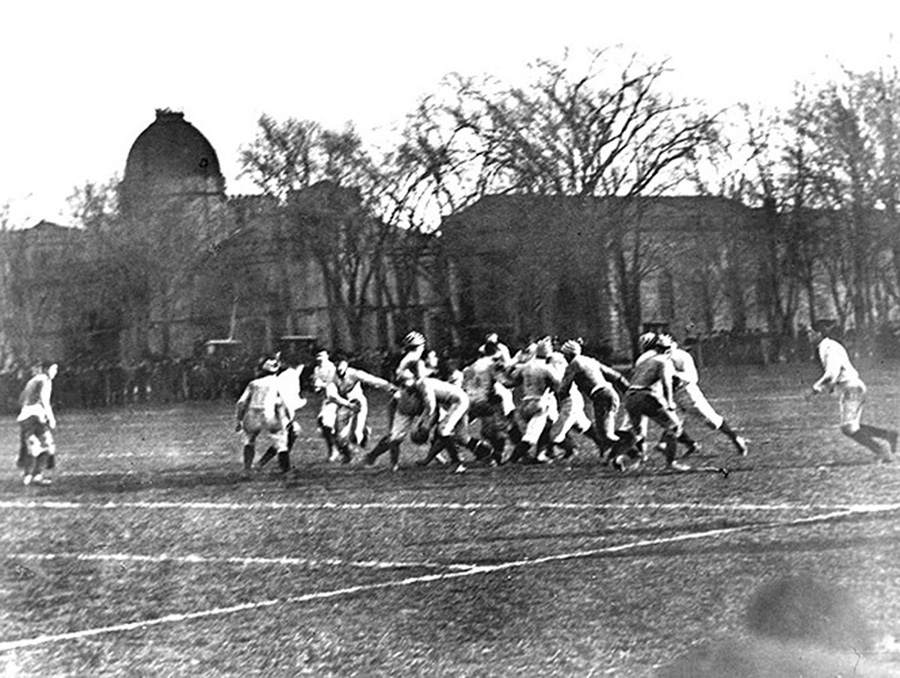 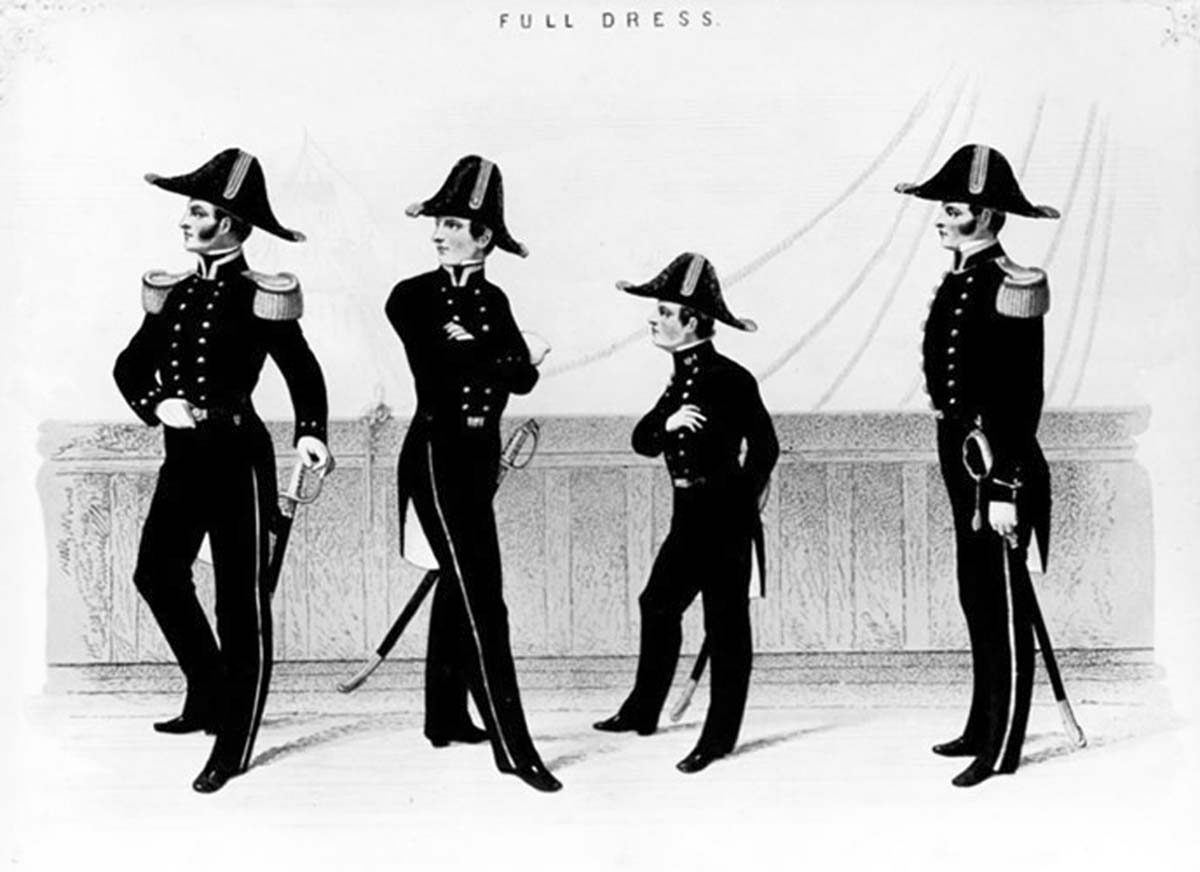
 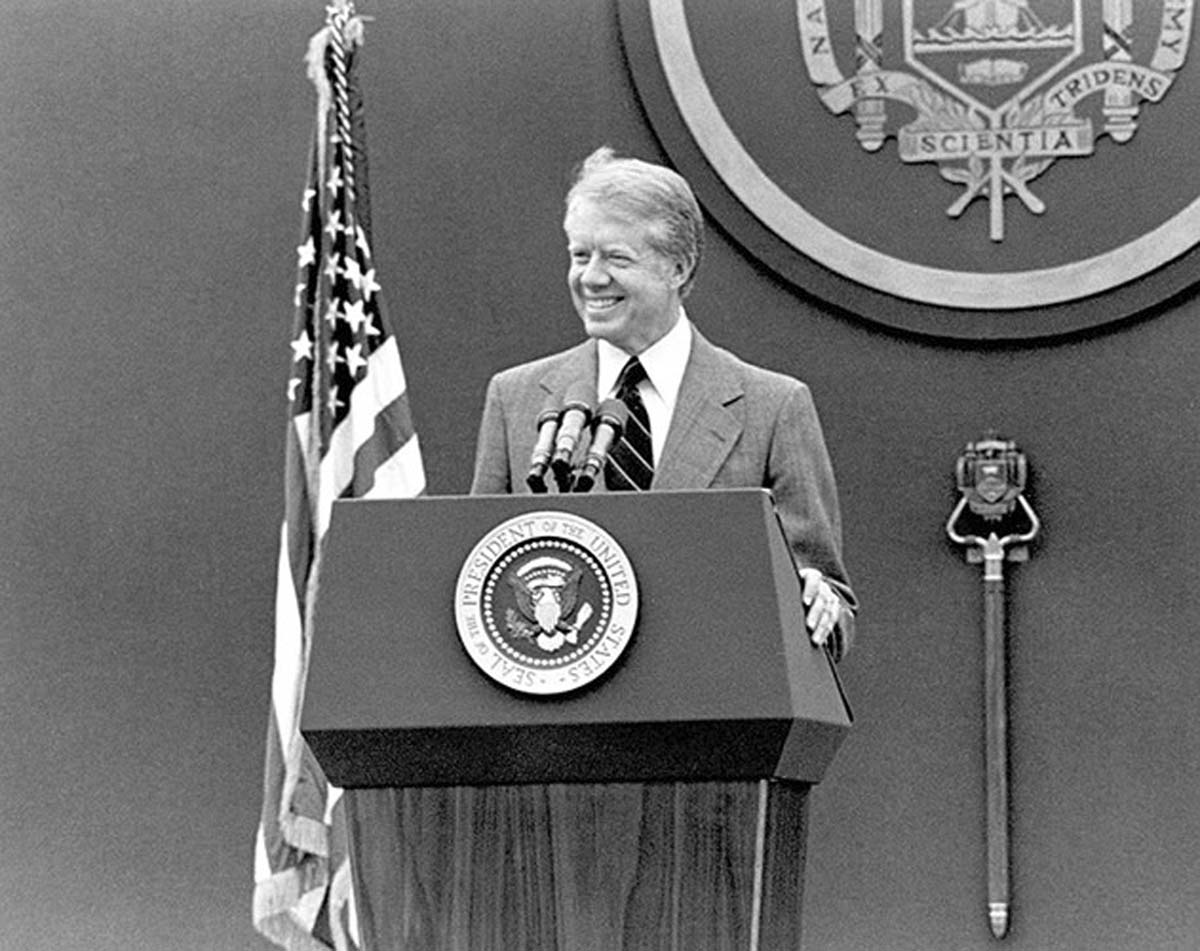
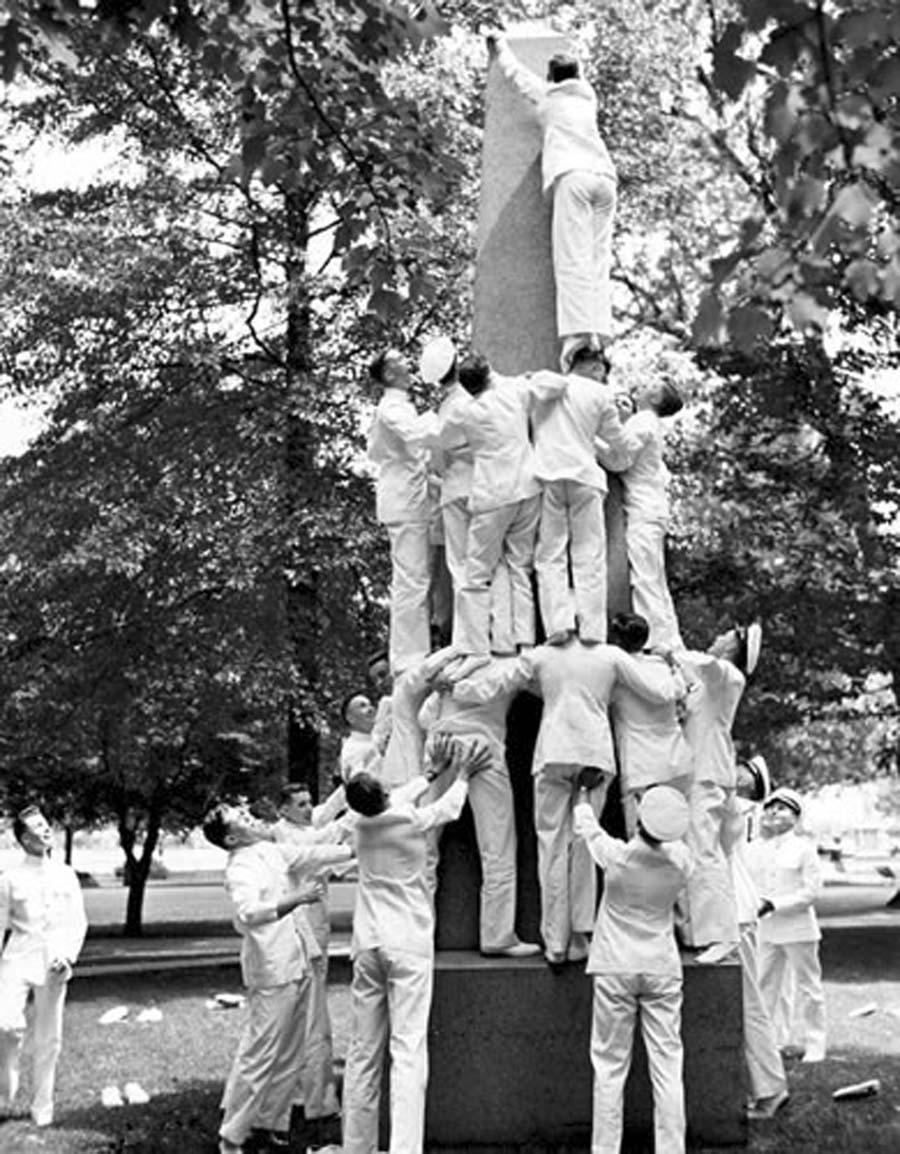 FACTS: The US Naval Academy has been proud to have helped shape the lives of countless outstanding individuals. Below are several outstanding graduates who've passed through the Academy. FACTS: The US Naval Academy has been proud to have helped shape the lives of countless outstanding individuals. Below are several outstanding graduates who've passed through the Academy.
. Jimmy Carter
. David Robinson
. H. Ross Perot
. Vice Admiral James B. Stockdale
. Wendy Lawrence
. Major General Charles Bolden
. Senator John McCain
. Roger Staubach
. Alan Shepard
. Fleet Admiral Chester W. Nimitz
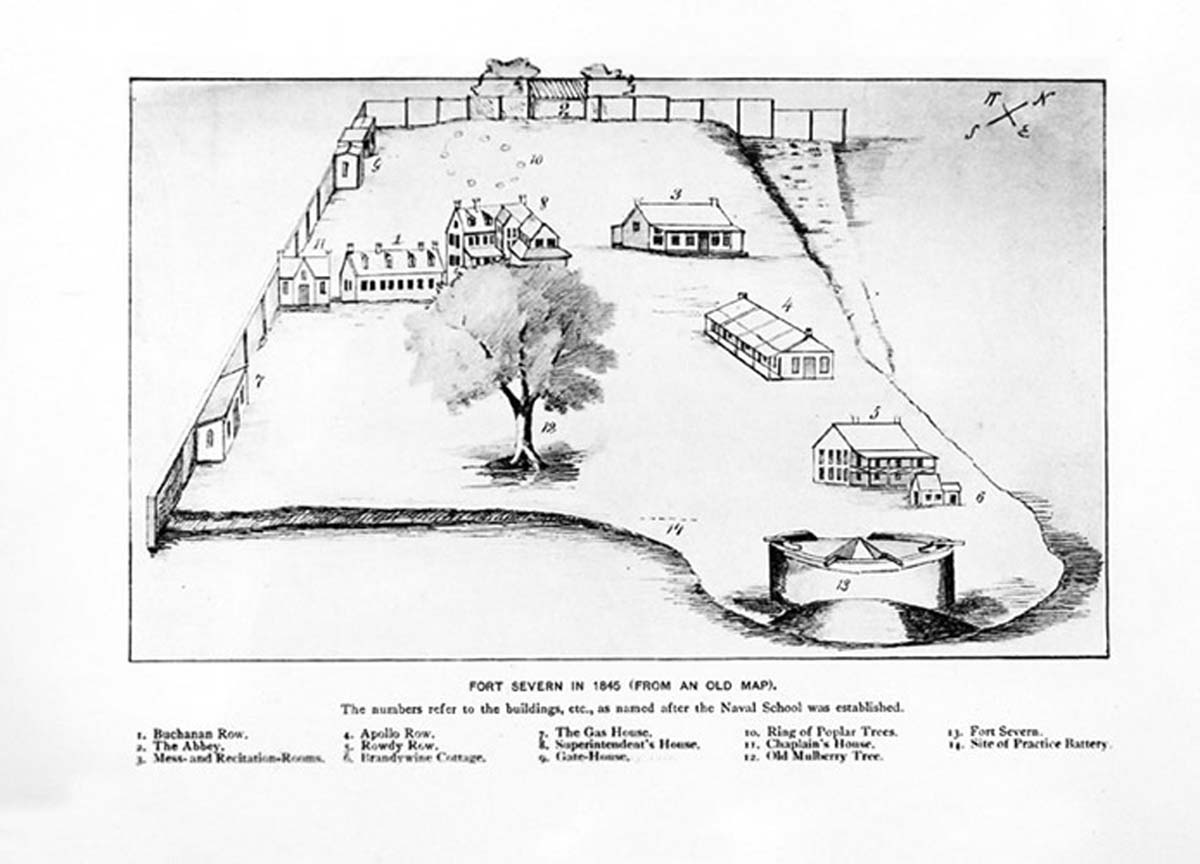 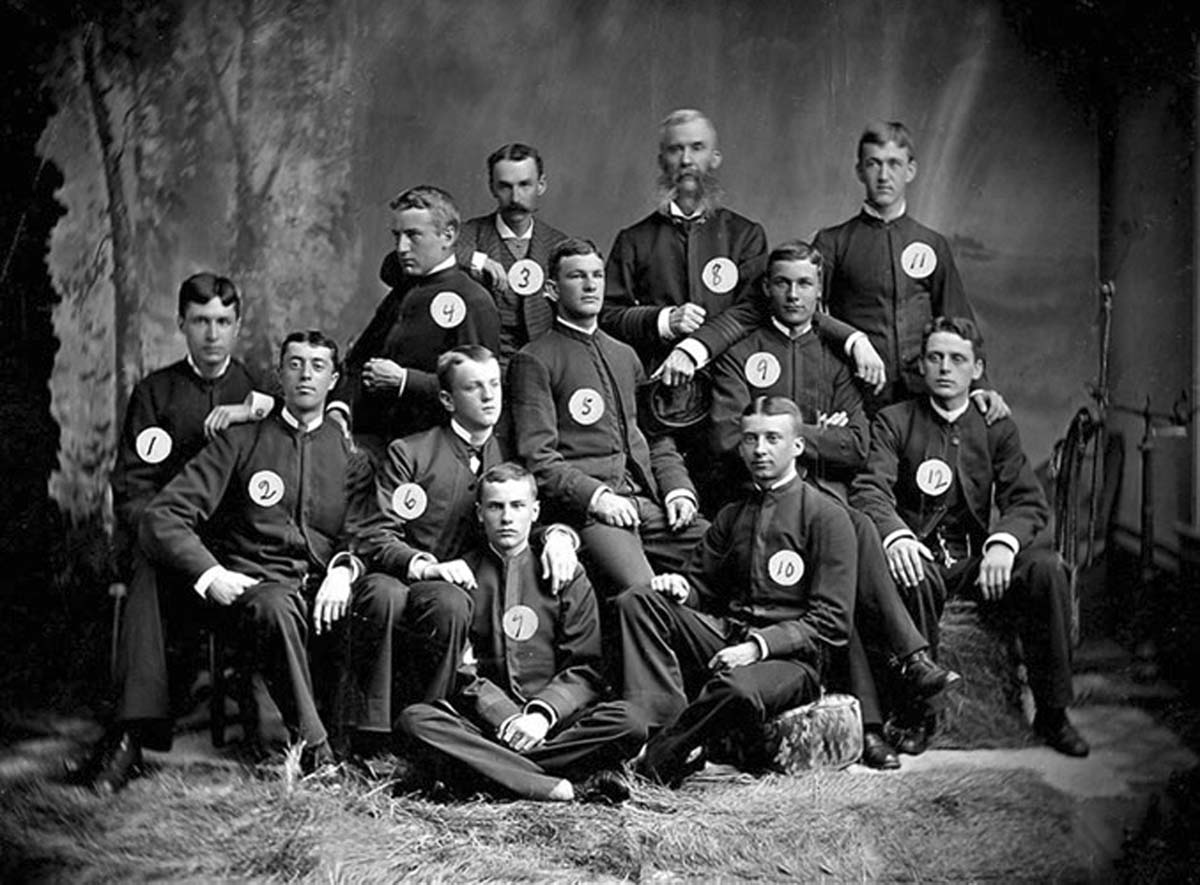
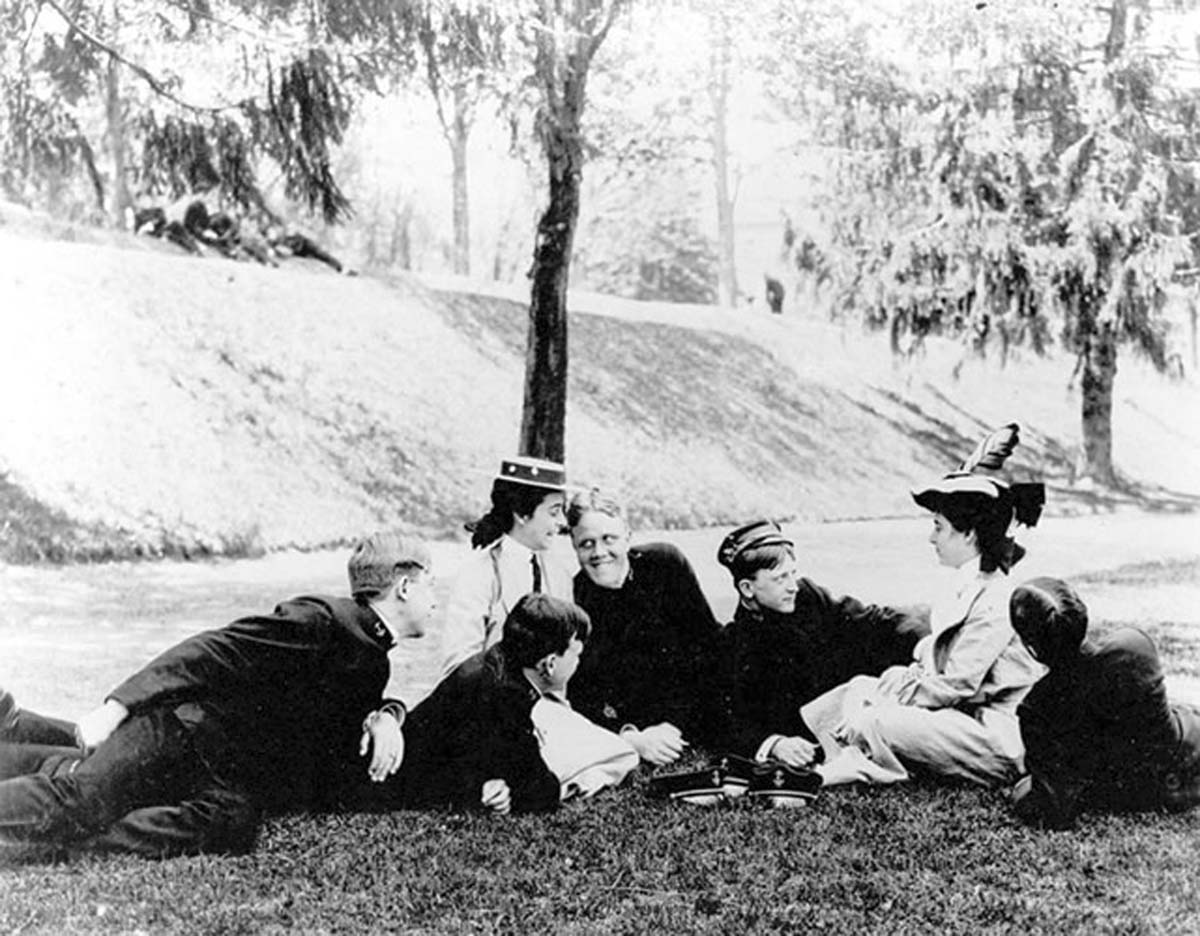 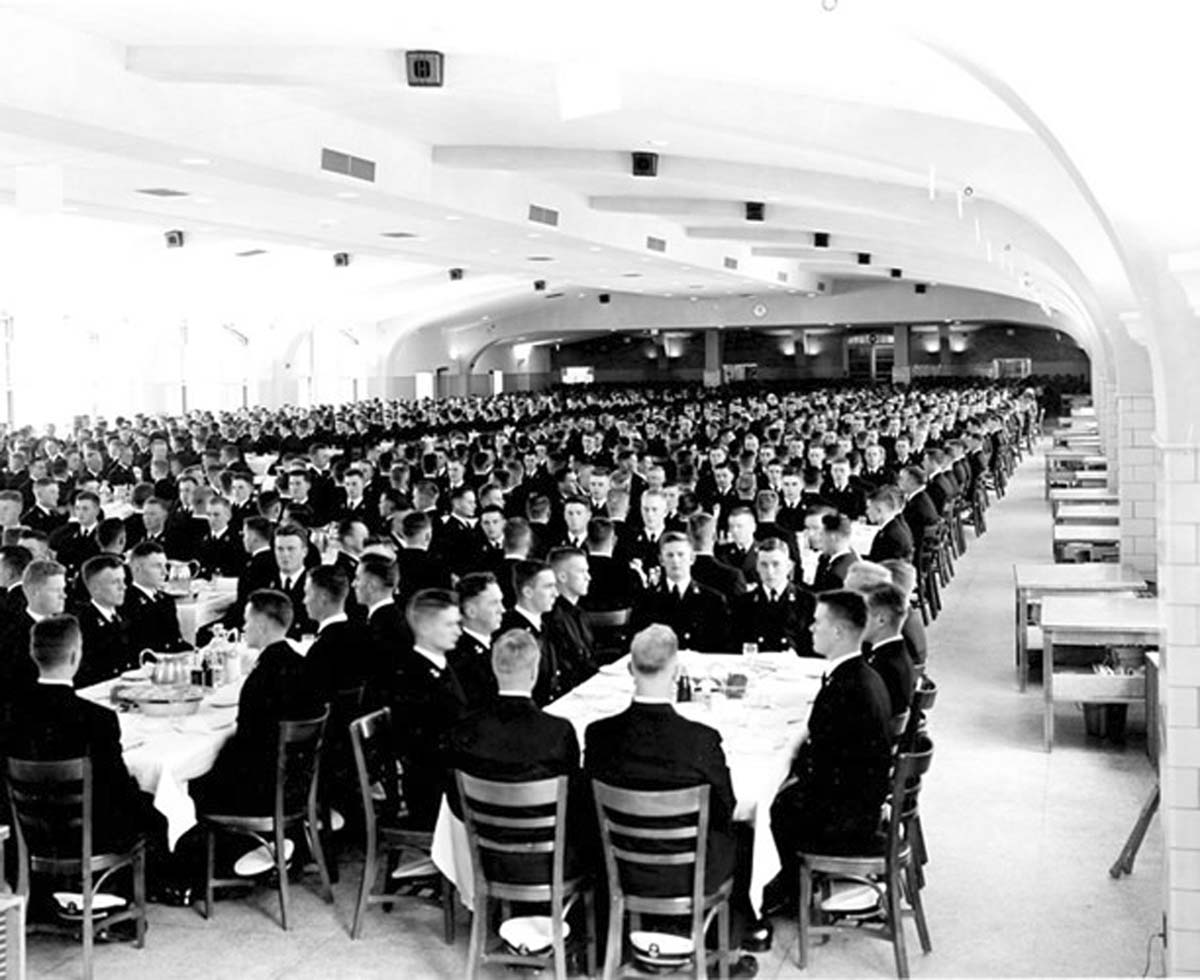
Back
|

